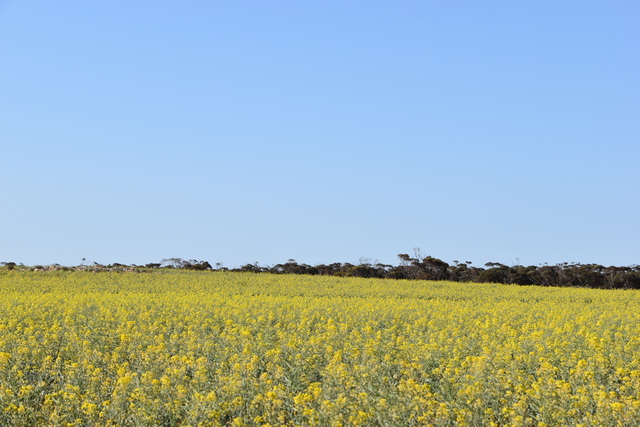Favourable winter rainfall across most of South Australia’s cropping regions has lifted the outlook for grain production, with the state’s estimated 2025-26 harvest sitting at 8.5 million tonnes.
The latest Crop and Pasture Report – Winter Crop Performance from the Department of Primary Industries and Regions (PIRSA) shows yield potential has risen to average or slightly above average in many districts.
This includes on Eyre Peninsula, where most areas received above average rainfall throughout winter.
The report noted that July was a “turning point” for many areas – “particularly the Upper North and Upper Eyre Peninsula, where significant rainfall helped crops and pastures recover from earlier dry conditions and wind damage”.
It did note that high winds during winter caused repeated sandblasting events in Upper Eyre Peninsula areas with lighter, sandy soil types and limited soil cover.
It was noted that crops had started to recover from earlier wind erosion, but continued crop recovery remained heavily dependent on spring rainfall.
For all regions, ongoing rainfall for the remainder of spring “will be critical to sustaining crop and pasture performance”.
The overall estimated harvest is up on the previous report, which had estimated a total of 7.6m tonnes.
Estimated total tonnage is up for all three EP regions, with Lower Eyre Peninsula at 1,078,250t – up from 988,500t – Eastern Eyre at 858,575t – up from 705,500t – and Western Eyre at 709,108t – up from 515,933t.
Primary Industries Minister Clare Scriven despite a positive winter there were still challenges ahead.
“South Australian farmers are facing many uncertainties this season, and we know how important it is for them to have the best possible information to guide their decisions,” she said.
“While favourable winter rainfall has provided hope in many regions, we know it is still a challenging time for many on the land and the impacts of the drought will continue to be felt for some time.”
Of the major crops, Eastern Eyre is expected to produce 629,000t of wheat, with 551,000t in Lower EP and 532,000t from Western EP – all estimates are up from the previous report.
It is the same for barley, with 175,500t expected for Lower Eyre, 117,000t from Eastern Eyre and 98,000t from Western Eyre.
Lentils sit at 125,000t for Lower EP, 90,000t for Eastern EP and 56,000t for Western EP.
A total of 198,000t of canola is estimated from Lower Eyre, with 8400t on Eastern Eyre and 4000t from Western Eyre.
Grain Producers SA chief executive officer Brad Perry said the recent rainfall was encouraging.
“With very little subsoil moisture across many cropping regions, achieving an average crop this year will ultimately depend on spring rainfall and avoiding spells of extreme heat,” he said.
“Crop development is still running four to six weeks behind in many regions, which means farmers are preparing for a much later start to harvest than usual and that brings its own set of challenges.
“The encouraging news is that most grain producers across the state have received more growing season rainfall in 2025 than during last year’s record dry period.”

